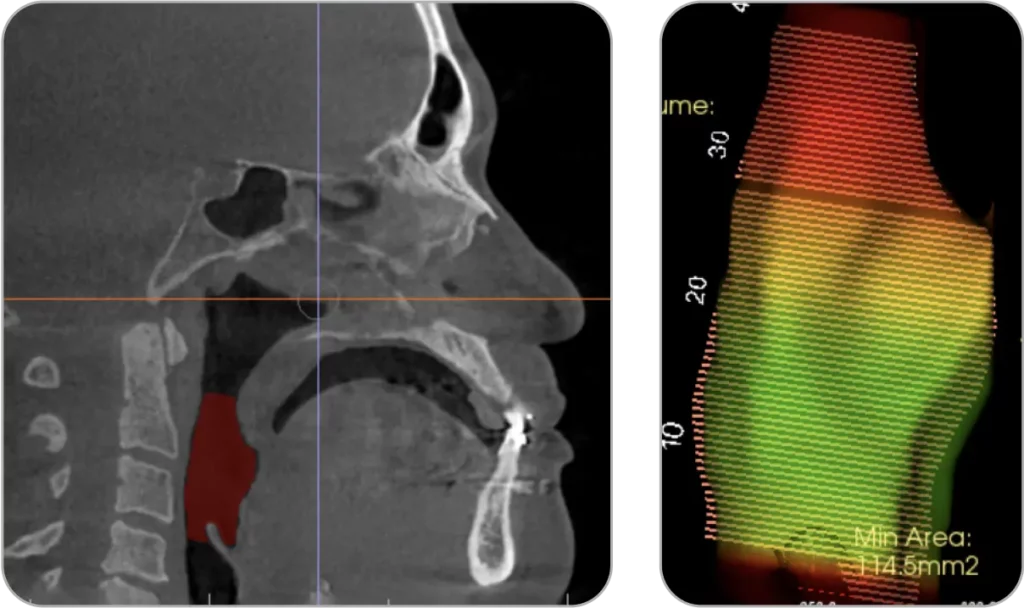
Condition
Condylar Hypoplasia Type 3
Condylar Hypoplasia Type 3 is characterized by overgrowth of the mandibular condyle, often resulting in facial asymmetry and malocclusion. Unlike type I and II, type III can be associated with various benign tumors that cause condylar enlargement, including osteoma, neurofibroma, giant cell tumor, fibrous dysplasia, chondroma, chondroblastoma, arteriovenous malformation, and more. Diagnosis involves careful evaluation of the patient’s symptoms, imaging studies, and biopsy if necessary.
Common Symptoms
Facial asymmetry, jaw deviation, limited jaw movement, malocclusion, difficulty chewing or speaking, pain or discomfort in the jaw joint, clicking or popping sounds, and dental misalignment.
Procedure Performed
Lefort 1 Segmental Osteotomy. Bilateral Total Joint Replacement (TJR).
VIRTUAL SURGICAL PLANNING - PREOPERATIVE POSITION

VIRTUAL SURGICAL PLANNING - FINAL POSITION
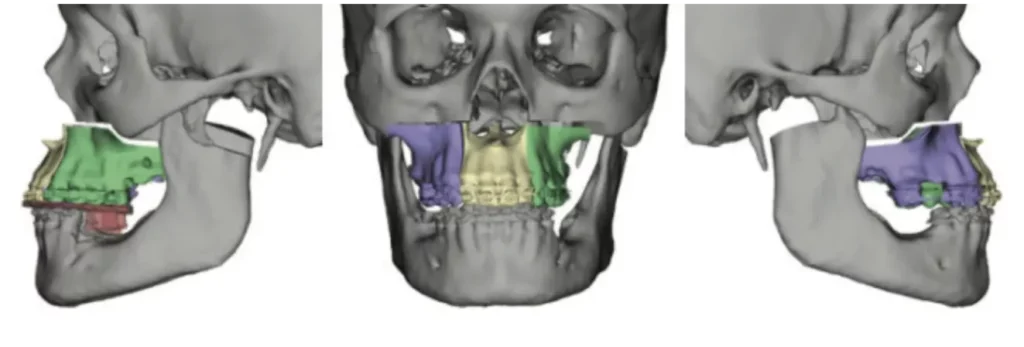

Before
After
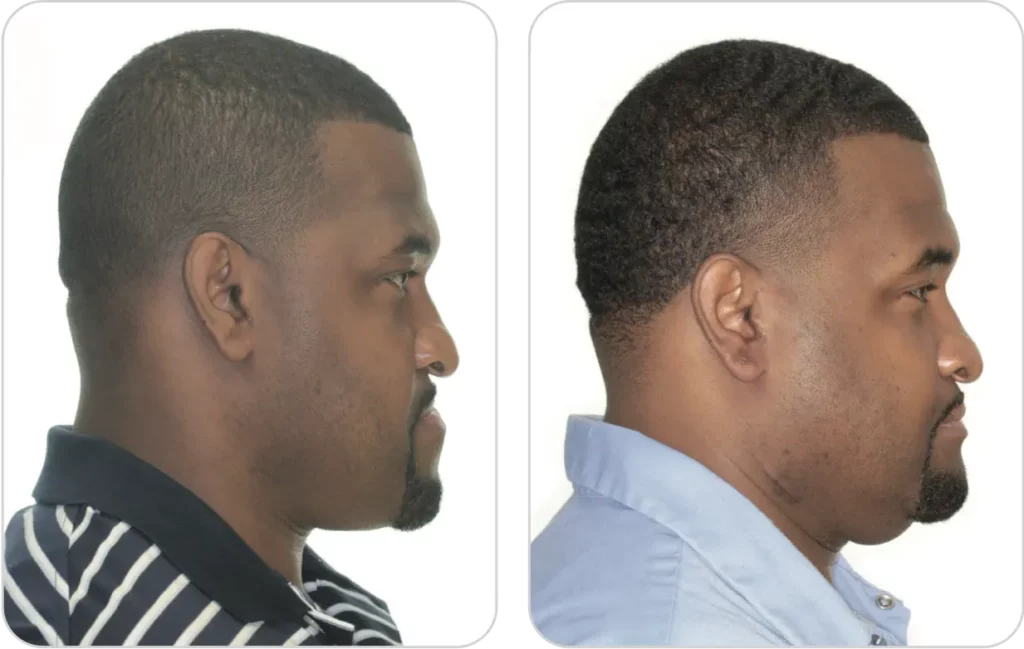
Before
After

Before Occlusion
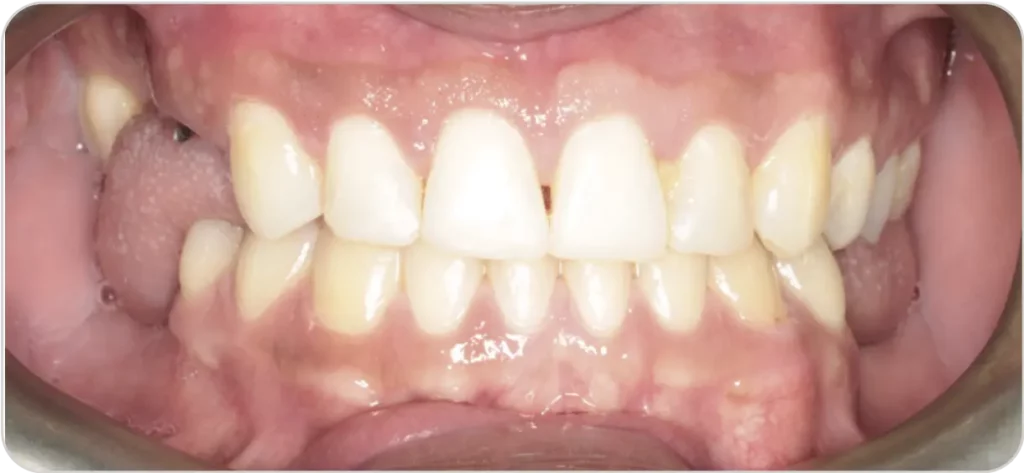
After Occlusion

Before Surgery
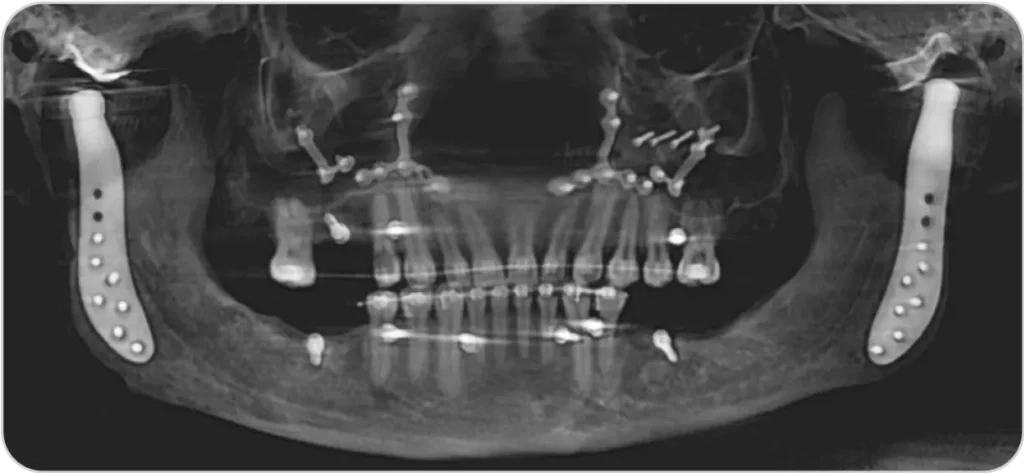
After Surgery

Before Surgery
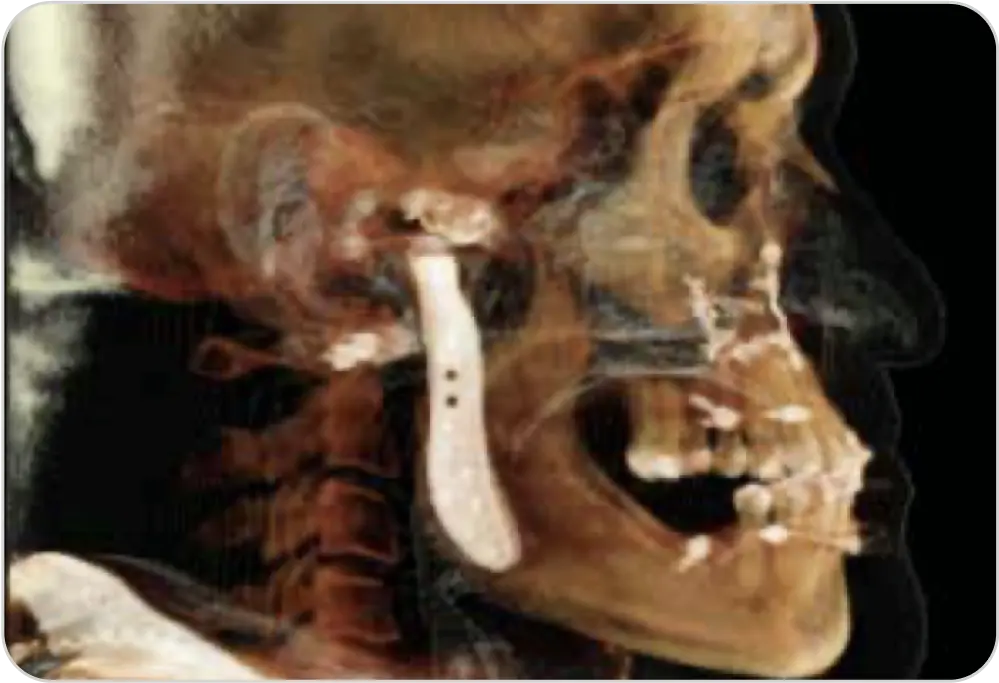
After Surgery
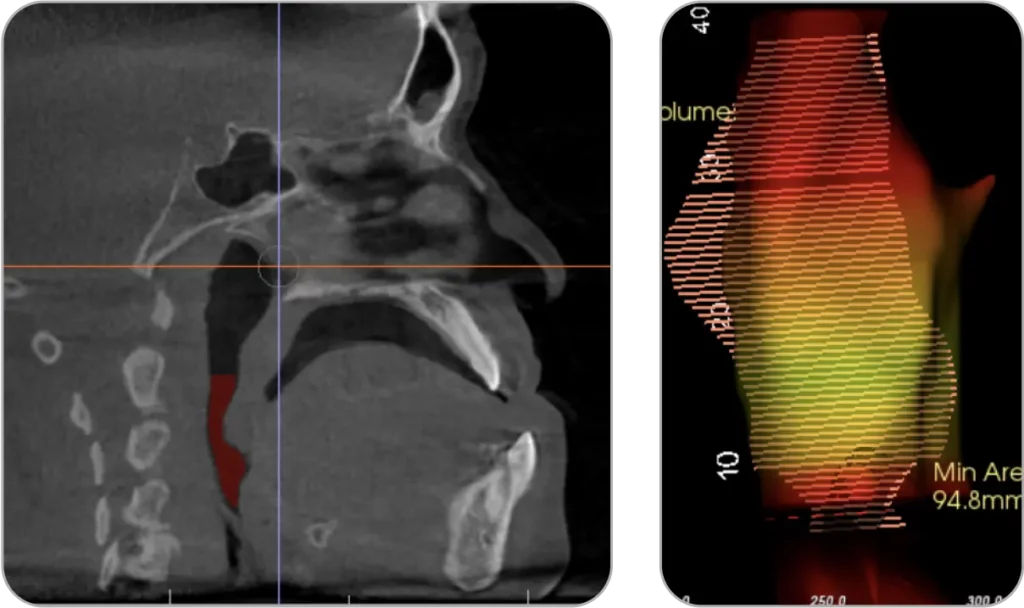
Before Airway
Before Volume
